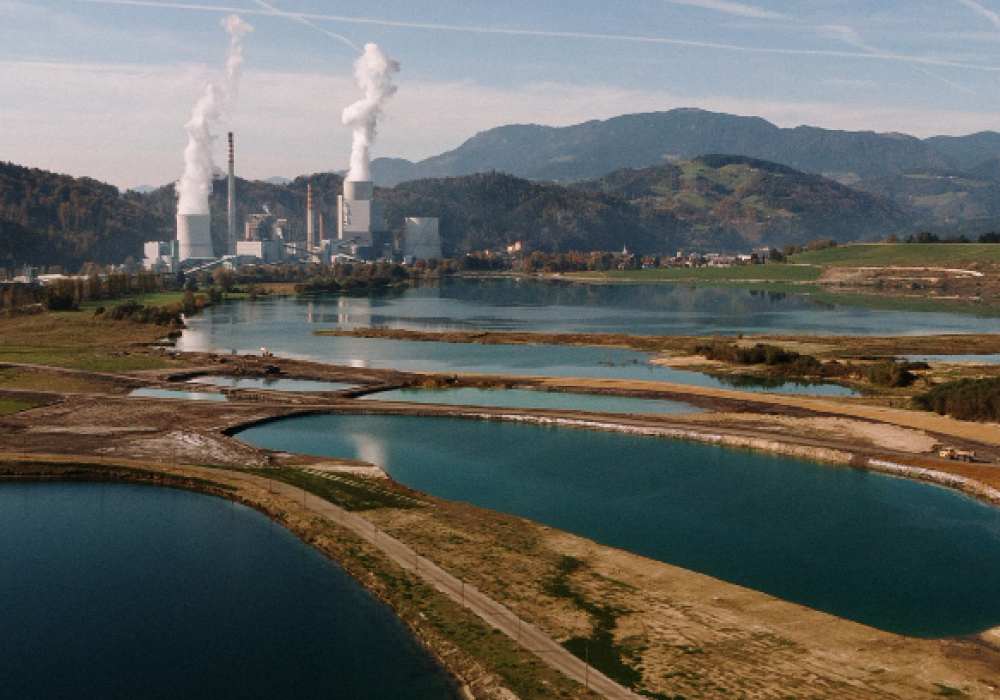
Wastewater Recovery Systems
Membrane Bioreactor (MBR) Systems are used for the treatment of domestic and industrial wastewater with good quality and generally for the recovery of wastewater. The development of technology and the need for wastewater recycling are turning into different applications where biological wastewater treatment systems are developed and applied together with MBR technology. With the use of MBR Technology, high quality purified water is obtained and the required space requirement for the facility is also reduced. For this reason, the facility capacity can be easily increased by using the existing space in the modernization of old conventional facilities.
MBR membranes are produced as hollow fiber or flat sheet type, and MBR modules work submerged in biological treatment reactors. Thanks to the high active sludge concentration created in the biological treatment reactors, MBR modules work more efficiently and a flow is always provided on the membrane surface in order to prevent possible clogging on the membrane surface.
Applications of MBR Technology are increasing rapidly in the world and in our country, and it is important to make good projects and pay attention to operating conditions, since it is a sensitive system.
Usage Areas of MBR Systems:
• Domestic wastewater recovery
• Industrial wastewater recovery
• Capacity increase by using the same or less area in conventional facilities
• Modernization of old facilities
• Facilities where the area to be treated as a treatment plant is small.
• Places where well or surface water is used as drinking and utility water
• Places where the mains water quality is not suitable
MBR : The Membrane Bio Reactor System provides high BOI removal, visible AKM and turbidity removal. Membrane bioreactors (MBR) are an improved version of classical activated sludge systems. It is a combination of biological reactors and membrane technology. Membrane bioreactor type (MBR) wastewater treatment plants use a new wastewater treatment technology that is a combination of a membrane ultrafilter and an aerobic biological treatment reactor. Wastewater is passed through a filter fabric with pores of 0.2 micron size, and all solids above this size are retained in the wastewater, while wastewater that contains almost no solids and microorganisms is recovered. For this reason, the effluent can be reused or used for irrigation.
The MBBR : (Moving Bed Bio-Reactor) system is an advanced wastewater treatment process that uses special biofilm carriers suspended in specially configured aeration ponds or reactor tanks. It is designed to reduce BOD, COD, TSS and some other contaminants that are absorbed and oxidized by microbiological organisms grown on each floating biofilm carrier. MBBR system can be applied in existing facilities. As a result, it is possible to increase the capacity of the plant without additional tanks. The system provides nitrogen and phosphorus removal. It can be applied in domestic and industrial wastewater treatment plants. Thanks to its flexible structure, it provides space and cost savings for new facilities.
UF : One of the features of the ultrafiltration system is that it performs the purification process without using any chemical treatment. This system, which is especially preferred for the cleaning of particles, provides water purification with near-perfect purity as it makes use of thin membrane technology. The main purpose of ultrafiltration systems is to filter sensitive sediment and microorganisms such as bacteria and viruses in water. Like many different filtration methods, the ultrafiltration method is especially used to capture particles in water. In this process, in which only the physical properties of water with high suspended solids and turbidity are changed without using chemical properties, decolorization is also applied. It is one of the most commonly preferred methods for the removal of bacteria and viruses, especially in drinking water bottling plants.
RO : Reverse osmosis is generally the preferred filtration process for water. It is the most complex form of membrane technology. Reverse osmosis, also referred to as RO, allows water and solvents to pass through. At the same time, low molecular weight organic substances and salts are concentrated. Thanks to the cross-flow principle in the membranes, all impurities, including salt, heavy metals, bacteria, sediment and dissolved ions in the water, are purified by 95%-99.8%. Reverse osmosis removes many types of dissolved and suspended chemicals and biological ones (mainly bacteria) from water and is used both in industrial processes and in the production of drinking water.

